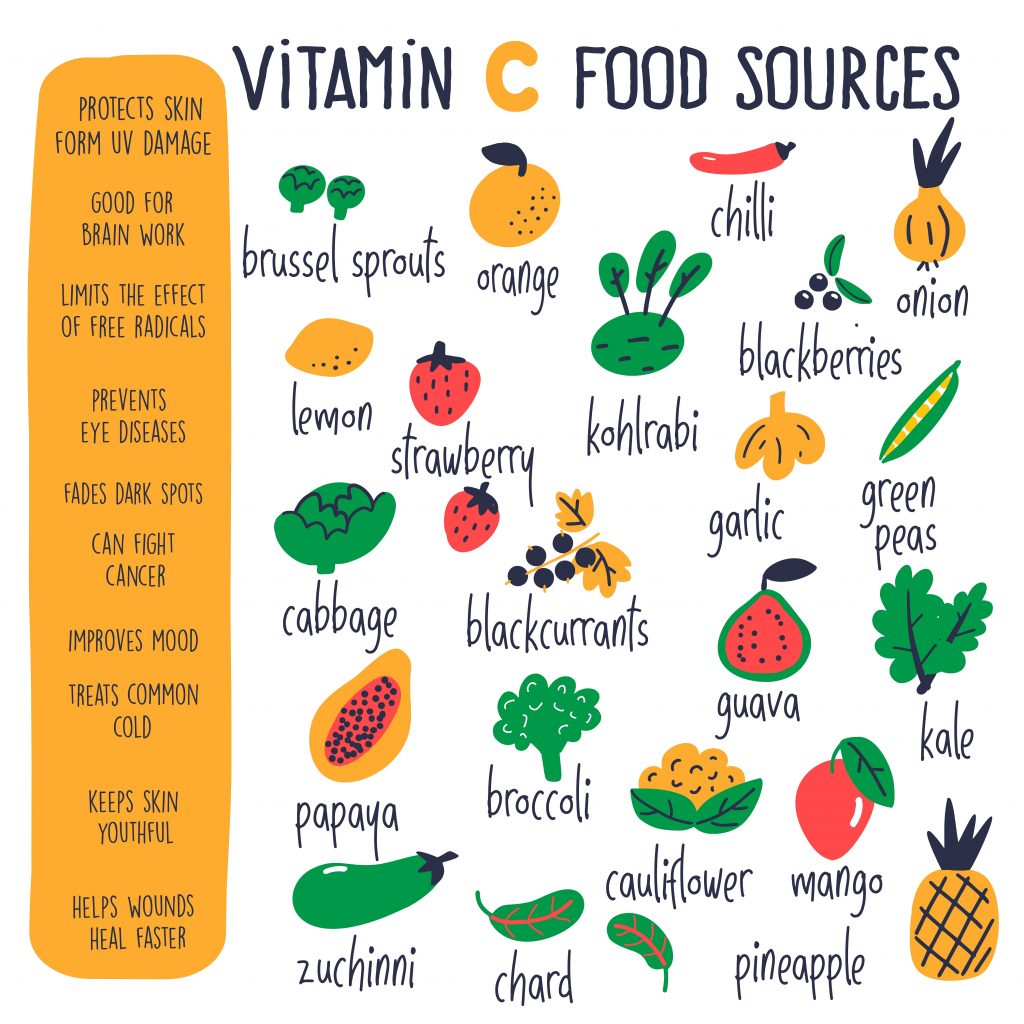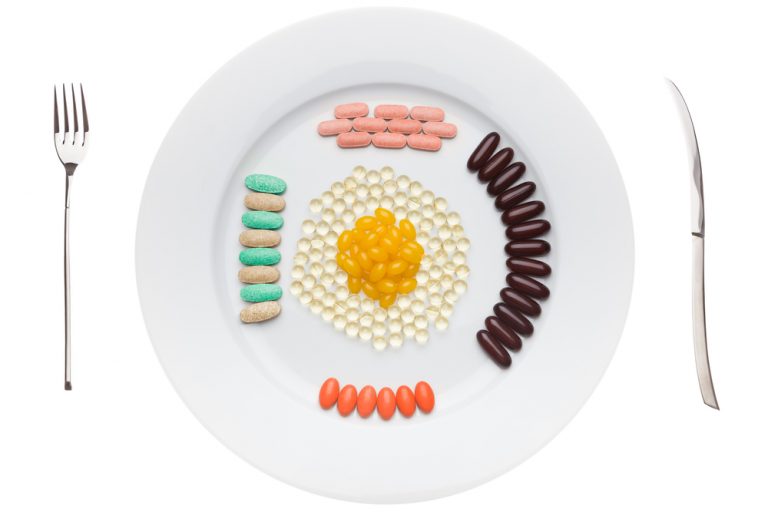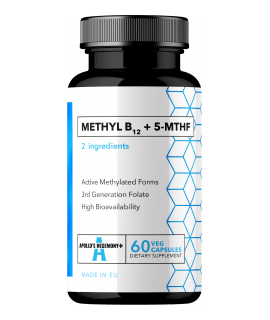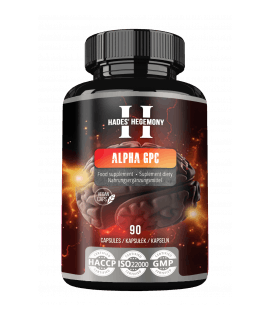Most often, when we lose weight, we only care about weight loss, and not whether we provide the body with the necessary amounts of vitamins and minerals. If we are not careful, we will lead to serious health problems.
Dietary sources of nutrients
Many of the recommended substances (chrome, silicon, beta-carotene, vitamin E or coenzyme Q) can be found not only in expensive cosmetics but also in our everyday food, which we can prepare without much effort at home. A properly balanced diet should be the basis of today's world. If you have ever tried any slimming pills and have not followed the right diet, they certainly did not help you.
Here are some important ingredients that we can find in our kitchen
Sources of beta-carotene
- yellow and orange vegetables and fruit carrots, pumpkins, tomatoes, apricots, peaches, nectarines, melon, mangoes.
- green leafy vegetables spinach, cauliflower, broccoli, lettuce, chicory, Italian cabbage, kale, beetroot leaves, turnip, mustard, dandelion, and other asparagus vegetables and fruits, peas, cherries, dried plums, green seaweed (spirulina).
Beta-carotene gives our complexion a fresh tanned look and glow to the eyes. It is a safe variety of carotene because our body only processes as much as it needs. However, we must remember not to consume it too much because the skin of our hands and feet will turn yellow.
Sources of vitamins C and E
Vitamin C
Vitamin C - occurs in wild rosehip, black and red currant, red and green pepper, Brussels sprouts, elderberry, cauliflower, strawberries, spinach, kiwi, oranges, lemons, raspberries, grapefruit, tomatoes, potatoes, cabbage, onions, broccoli, kohlrabi, asparagus, strawberries, liver, blackberries.

Vitamin E
Vitamin E - occurs in vegetable oils (soy, corn, sunflower), almonds, margarine, eggs, walnuts and peanuts, wheat sprouts, whole grain flour, milk, Brussels sprouts and other green leafy vegetables.
Vitamin E is the main antioxidant that protects cells against oxidants, i.e. slows down the ageing process. It participates in the supply of nutrients to cells. It strengthens the wall of blood vessels and protects red blood cells from premature breakdown. It is also used to treat male infertility, muscle disorders, arteriosclerosis and heart diseases.
Sources of silicon
An excellent source of zinc is pumpkin and sunflower seeds, which we recommend eating when we suspect that our appearance suggests zinc deficiency. The largest amount of zinc is found in oysters. This element can also be found in mushrooms, eggs, poultry meat, fish and wholemeal bread.
Zinc is the element that watches over many processes that play a key role in the body. Zinc deficiency manifests itself in skin lesions, alopecia and difficulties in wound healing. Special attention should be paid to the frequent problem of zinc absorption, which should be counteracted by adding products rich in fibre to the diet. Phosphorus and calcium also have a similar effect, which increases the health impact of zinc.
Sources of silicon
It is found in cereal grain scales, in fruit peel (do not peel apples, pears, eat gooseberries and grapes with the peel!) in garlic, chives, bee milk. A lot of silicon is contained in spring water, while tap water is poor in it.
The symptoms of silicon deficiency are broken nails, which signal demineralization. Supplementation of silicon is also necessary after surgical procedures on the bones - silicon accelerates skeleton growth. Pregnant women also need more silicon.
Summary
We, therefore, encourage everyone to diversify their daily diet, because it is really worth it, and the pleasure of eating is much greater when we know that we eat healthily. There are many wonderful ingredients that can be absorbed...you only need to reach for them.









